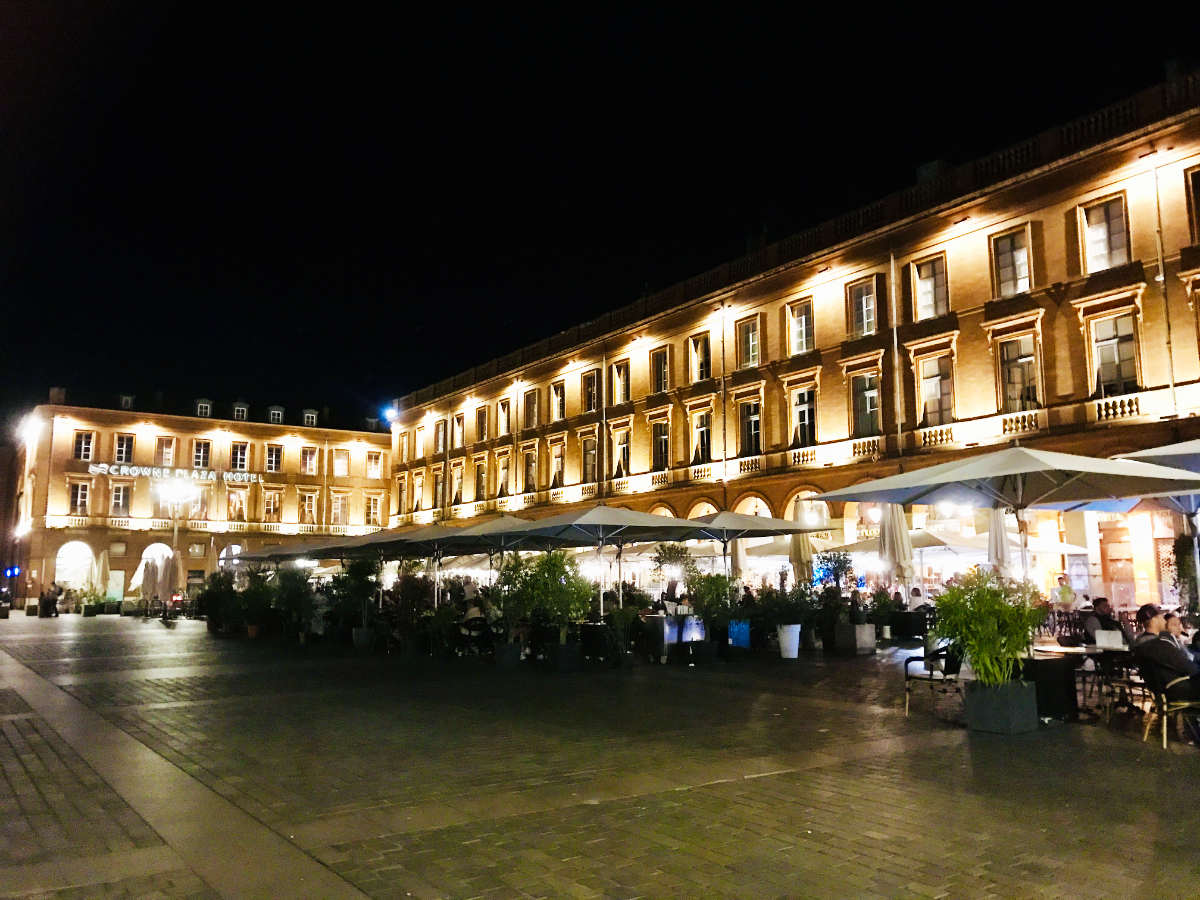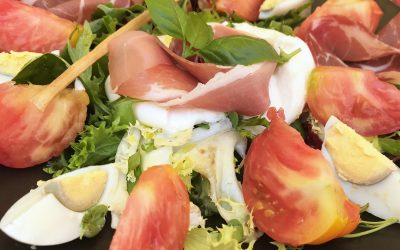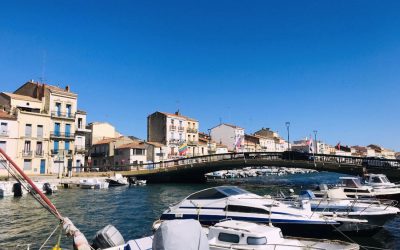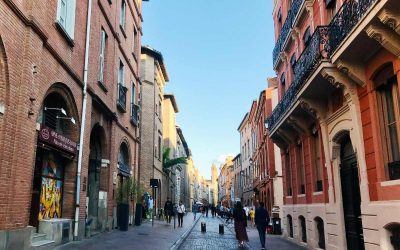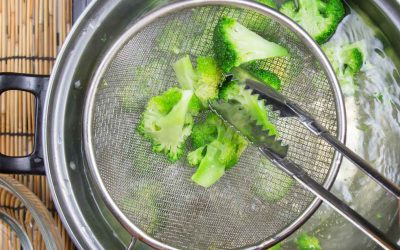Known as the Ville Rose, the city of Toulouse in the region of Occitanie is a food lover’s dream. A lively city in the south of France on the river Garonne, it is brimming with restaurants, brasseries, and bars that cater to its young and active population.
The food scene in Toulouse may just be one of the best reasons to visit this lovely southern city. From the bright lights of the Place du Capitole to the hidden cafés near Place Saint Sernin, there is something for everyone.
As in much of France, food in this region is a true expression of the taste and culture of the people. In the Occitanie, there are many dishes that have been made for centuries and have been passed down from generation to generation.
And then there are the wines, the snacks and the desserts. Whether you’re looking for a big dinner out, a quick snack, or just a drink, if you are a foodie on a trip to this part of France, be prepared to eat and drink your way through Toulouse. Bon appétit!
1. Cassoulet
At any brasserie in Toulouse, you will likely find “cassoulet” on the menu. Dating back to the 1300s from the Languedoc region of France, the cassoulet has been around a long time.
A delectable stew made with beans, meat, and sausages, it is traditionally slow-cooked for hours.
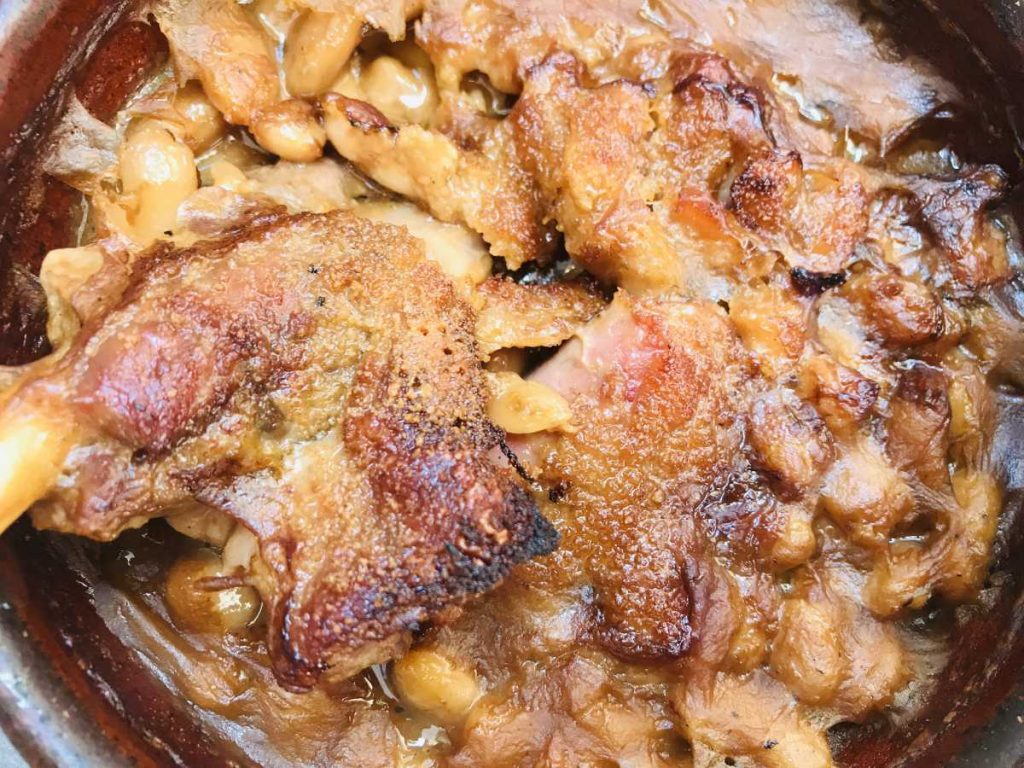
The word cassoulet comes from the earthenware casserole it is cooked in, the cassolle or cassolo, which is made by local potteries nearby.
Aficionados of the cassoulet will note however that is a “guerre des cassoulet” (meaning “war of the cassoulet”) between the different neighboring towns that are well known for their cassoulet: Castelnaudary, Carcassone and Toulouse.
Each has its own variation, with differences between the sausage used, how long it is cooked and more. Each year cook-offs are usually held to see who takes home top prize with bragging rights. You can read more about the recipe for Cassoulet here.
2. Saucisse de Toulouse
You cannot come to Toulouse and not try the city’s famous namesake sausage (unless you are vegetarian, that is)!
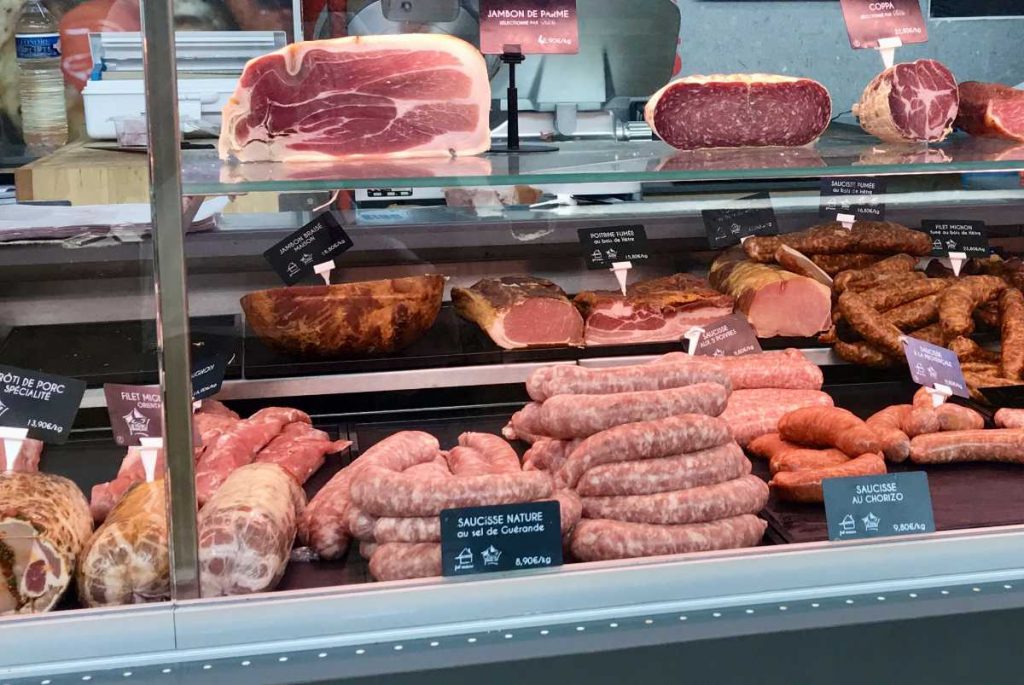
Made with pork lean meat and belly, the saucisse de toulouse is generally served with salad and fries. It is also used in classic French recipes like the rogail saucisse.
3. Canard confit (Duck)
A speciality in the area, the French confit is a centuries-old process of preservation from the Gascony area which lies in both the Nouvelle Aquitaine and Occitanie regions.
The process consists of salt curing a piece of meat (generally goose, duck, or pork) and then cooking it in its own fat to store for long periods of time.
These days, it is usually duck that is prepared in this way. The resulting canard confit is then fried or grilled, and added to dishes like the cassoulet, or served by itself with fries, roasted potatoes and/or a salad. You can find canard confit in restaurants and brasseries all over Toulouse.
4. Truffles
All across the Occitanie, in the departments of Lot, Tarn-et-Garonne, Aude, Aveyron, Gard, Hérault and Pyrénées-Orientales, the truffe noire reigns supreme.
Here, the picking of truffles from the ground remains a centuries old tradition. With an emphasis on freshness, terroir, and authenticity, they called black diamonds.
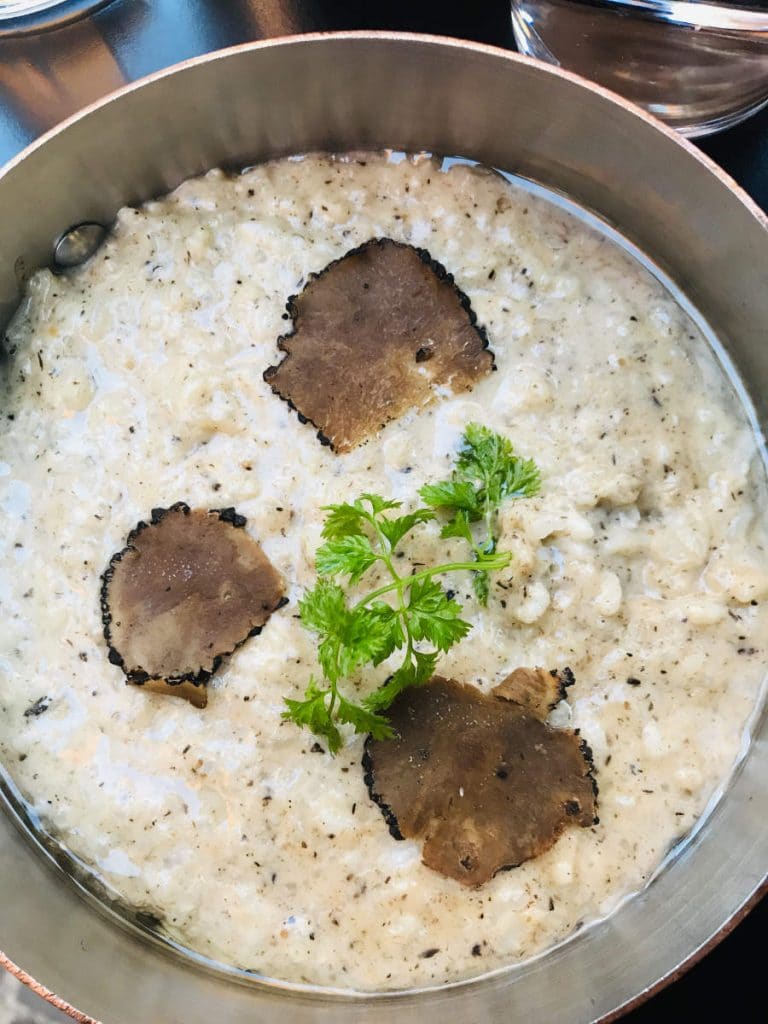
And they can cost as much as a diamond. Because of their rarity, truffles sell at between €400-700 per kilo.
Each week several towns in the area have truffle markets and across Toulouse, you will find plenty of restaurants offering dishes with that slight hint of truffle flavor.
5. Foie gras d’oie
Whether you are celebrating Christmas in France, or just a regular evening with friends, foie gras is an incontournable (an essential).
While duck foie gras is popular across much of the country, foie gras d’oie (goose) from nearby Périgord is gaining in popularity.
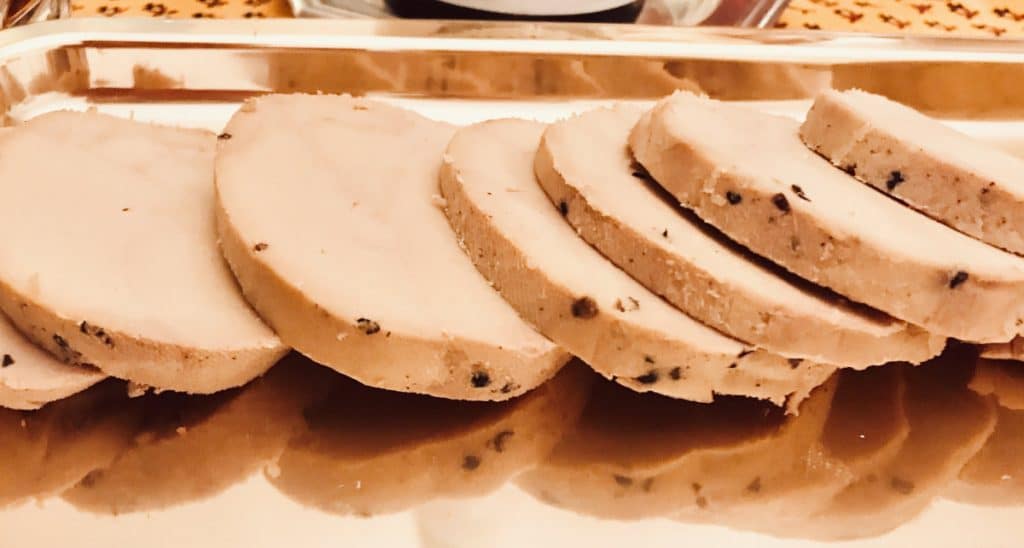
In France, there are many types of foie gras that you can find. The process dates back to antiquity and is legally protected. There are different types of foie gras, from the most expensive to cheaper as follows:
- foie gras entier – means “whole foie gras” which is made of one or two whole livers
- foie gras – made of pieces of livers reassembled together
- bloc de foie gras – a fully cooked, assembled and moulded block made of 98% or more of foie gras
Foie gras d’oie is more delicate and subtle than foie gras de canard, and is actually even more expensive.
If both are too expensive for your wallet, you can also try a pâté of foie gras. It is usually cut in slices and arranged on a tray, along with some mini toasts. Pair them together and munch away. You can read more about eating foie gras here.
6. Violettes de Toulouse
There are two very famous types of violettes, from Toulouse in France, and Liège in Belgium.
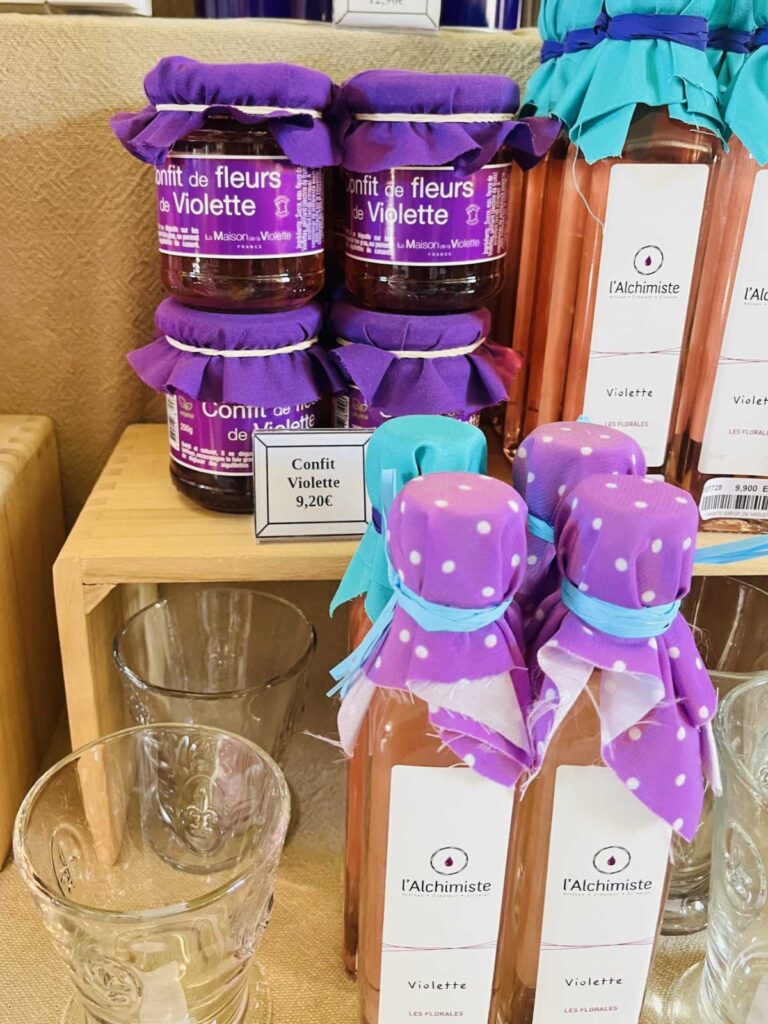
The Violettes de Toulouse are sweets made from fresh flowers of violets crystallized in sugar, which were created by the confiseur Candiflor in 1818. The process is quite delicate, with fresh flowers being coated with sugar.
The Violettes de Liège, on the other hand, are made from violet flowers that have been cooked into a syrup and then turned into candy in a mold. You can buy violettes here.
7. Fenetra cake
Fenetra is a traditional pastry cake from the Toulouse area, that is made with almonds, candied lemon and apricot.
The fenetra is generally oval in shape, with three layers. The base is a shortbread dough on top of which is is a filling made from apricots cooked in a marmalade and cubes of candied lemon peel.
This is then topped off with a biscuit dough layer made from almonds, the same as the dacquoise.
It is not that common across the rest of France, but is celebrated in Toulouse with the Grand Fénétra festival which takes place each year at the beginning of summer.
8. Garbure stew
Garbure is a thick French soup or stew in which cabbage and other vegetables are traditionally slow-cooked for hours. Usually confit d’oie (goose) or canard confit (duck) is added for flavor.
The garbure was a peasant dish in this area for centuries, with the locals adding whatever they had on hand. These days, the modern recipe also calls for some ham, cheese and stale bread added towards the end.
9. Cachou candy
Created in 1880 by Léon Lajaunie, pharmacist in Toulouse, the cachou is made with reglisse (licorice), mint, and sugar. It was initially meant for medicinal purposes, as a substitute for chewing tobacco.
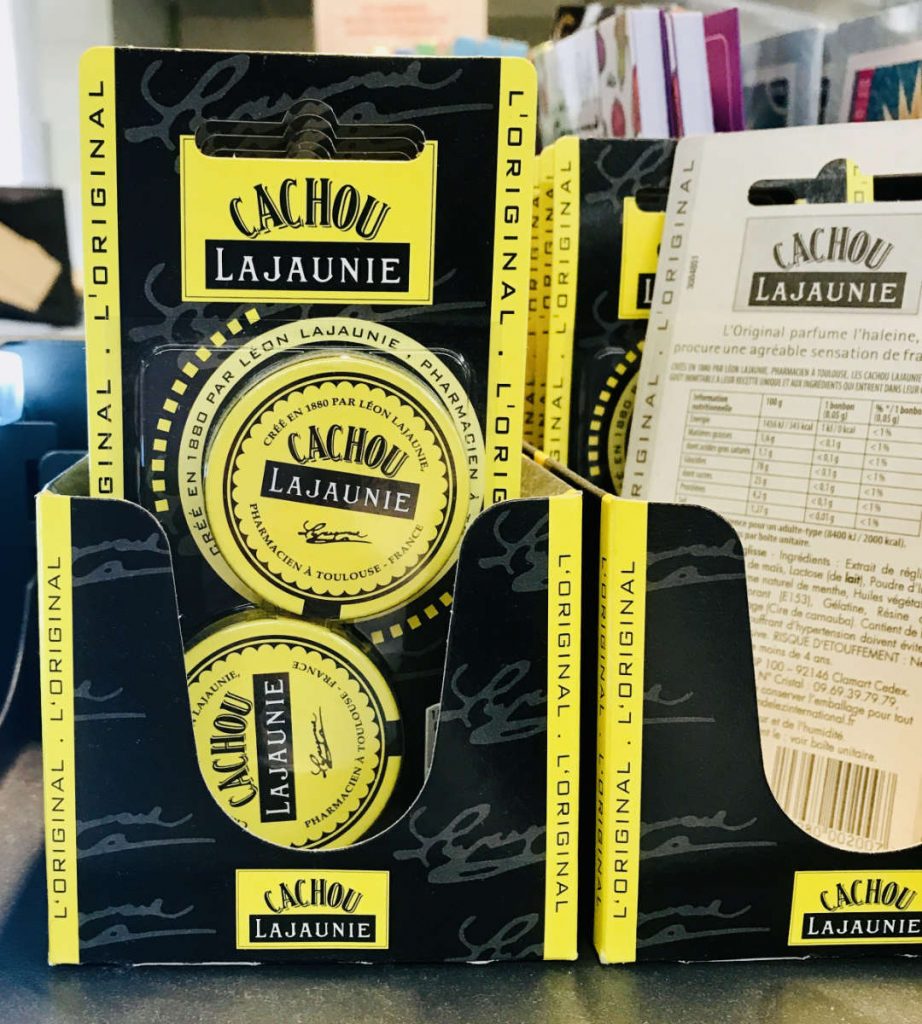
These days you will likely find the small tins of the cachou black licorice in the candy aisle at grocery stores around France.
10. Pink Garlic
The small village of Lautrec in the Occitanie is famous for its ail rose (meaning “pink garlic”), which is a protected geographical IGP designation and a Label Rouge from France.
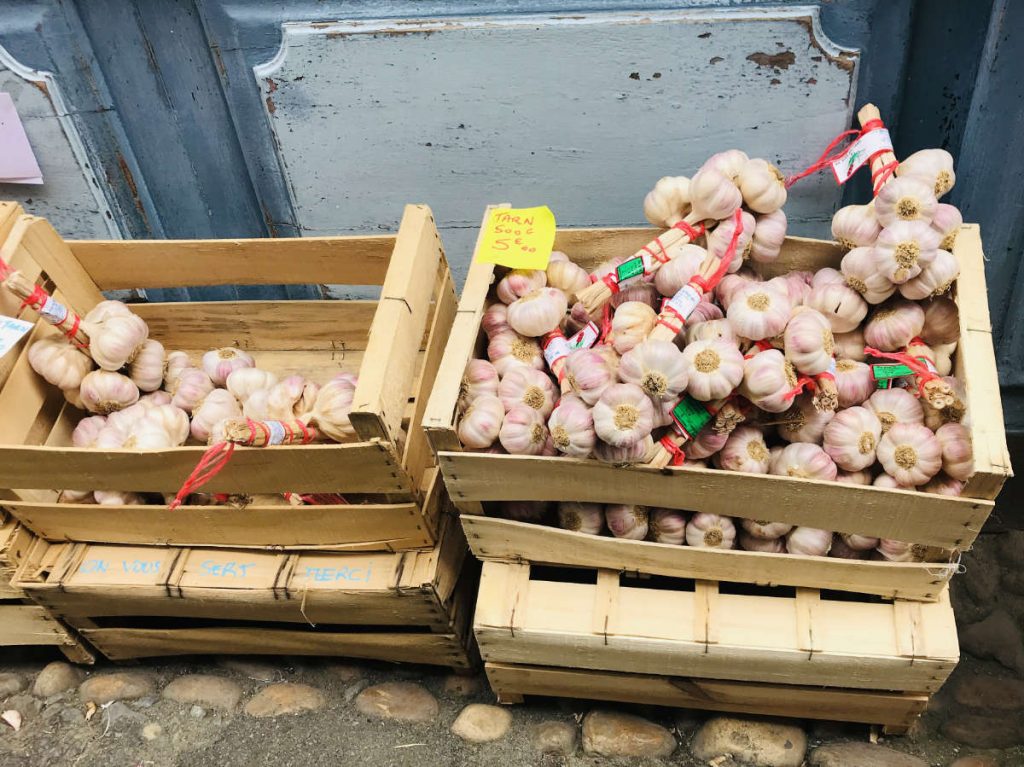
It is a unique type of garlic found only in Lautrec and has an aromatic and subtle taste. It is sweeter and milder than regular white garlic and also keeps stays fresh much longer. Pink garlic can stay fresh for a good six months, usually being harvested in June.
There is even a festival of pink garlic every year in Lautrec in early August, bringing fans and tourists of this lovely condiment flocking to the village.
11. Languedoc-Roussillon Wines
The Languedoc-Roussillon area in the south of France (around Toulouse, Montpellier, and Carcassonne) doesn’t have a lot of wines compared to the other French wine regions, preferring to concentrate on quality over quantity.
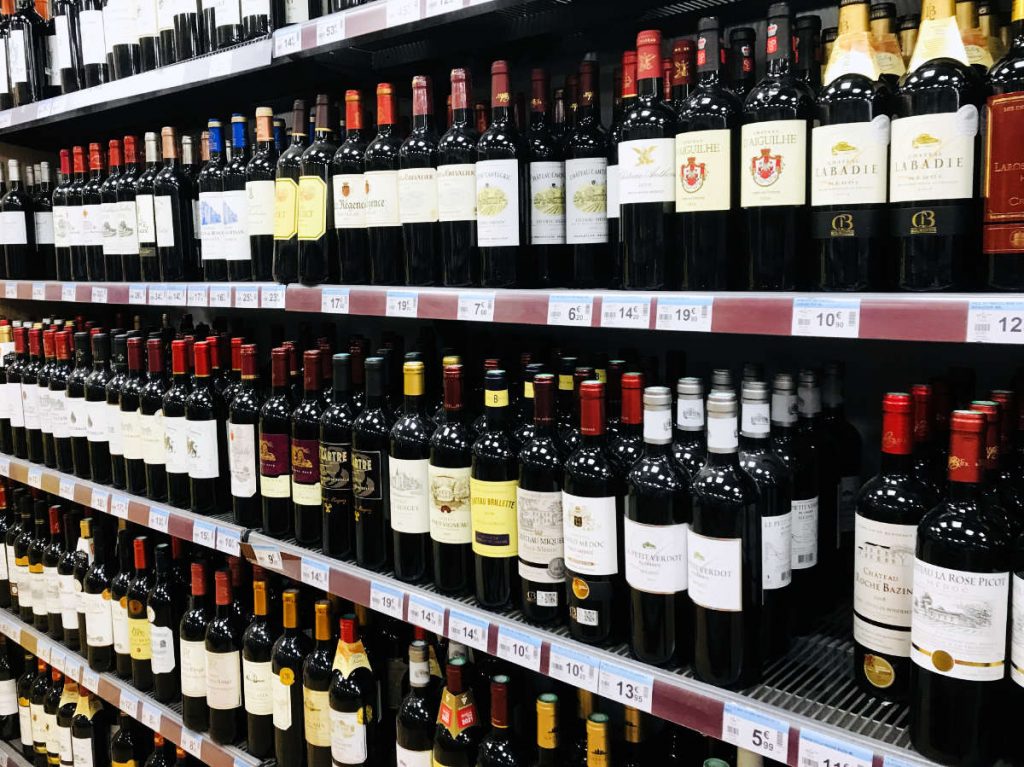
It does however have the oldest wine in the world, the Blanquette-de-Limoux, which is a sparkling wine that is even older than champagne. (The story from the Limoux side is that a monk from Limoux gave the recipe to the monks from Champagne, but this has not been proven.)
Other big names in the area are the Fitou which is a red wine, and the Corbières which comes in red, white, and rosé. These are mid-range wines of decent quality (and average price tags!). You can buy a bottle of Languedoc wine here.

If you enjoyed that article, you may enjoy reading more about other traditional French foods and drinks. A bientôt!
